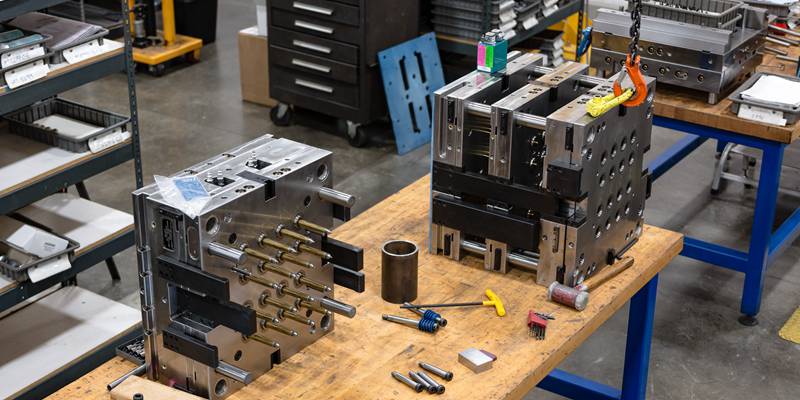The global injection molding industry is at a critical inflection point, facing unprecedented pressure from regulators, clients, and consumers to abandon its linear “take-make-dispose” model. The new imperative is sustainability, forcing a fundamental rethink of everything from material science to process engineering and mold design.
The primary driver of this change is the aggressive push for the integration of recycled and bio-based materials. Manufacturers are increasingly mandated to use high percentages of Post-Consumer Recycled (PCR) resins, such as rPET and rHDPE. However, these materials introduce significant processing challenges. Their inherent variability in melt flow index (MFI), potential for contamination, and different thermal properties compared to virgin resin can lead to production inconsistencies, cosmetic defects, and compromised structural integrity.
This material shift has a direct impact on mold and tooling. Mold-makers are now tasked with designing tools that are far more robust and forgiving. This includes engineering specialized hot runner systems that can handle a wider viscosity window, designing advanced venting to evacuate gasses released from recycled materials, and applying wear-resistant surface coatings (like PVD or diamond-like carbon) to combat the abrasive nature of some recycled feedstocks, which may contain trace impurities.
Simultaneously, the industry is championing energy efficiency. The large-scale adoption of all-electric and hybrid molding machines, which consume up to 60% less energy than older hydraulic models, is becoming a baseline requirement. Process optimization, powered by AI-driven software, is also key, allowing machines to find the most energy-efficient parameters for a stable process. The message from the market is clear: sustainability is no longer a marketing talking point but a non-negotiable cost of doing business.
Post time: Oct-30-2025

